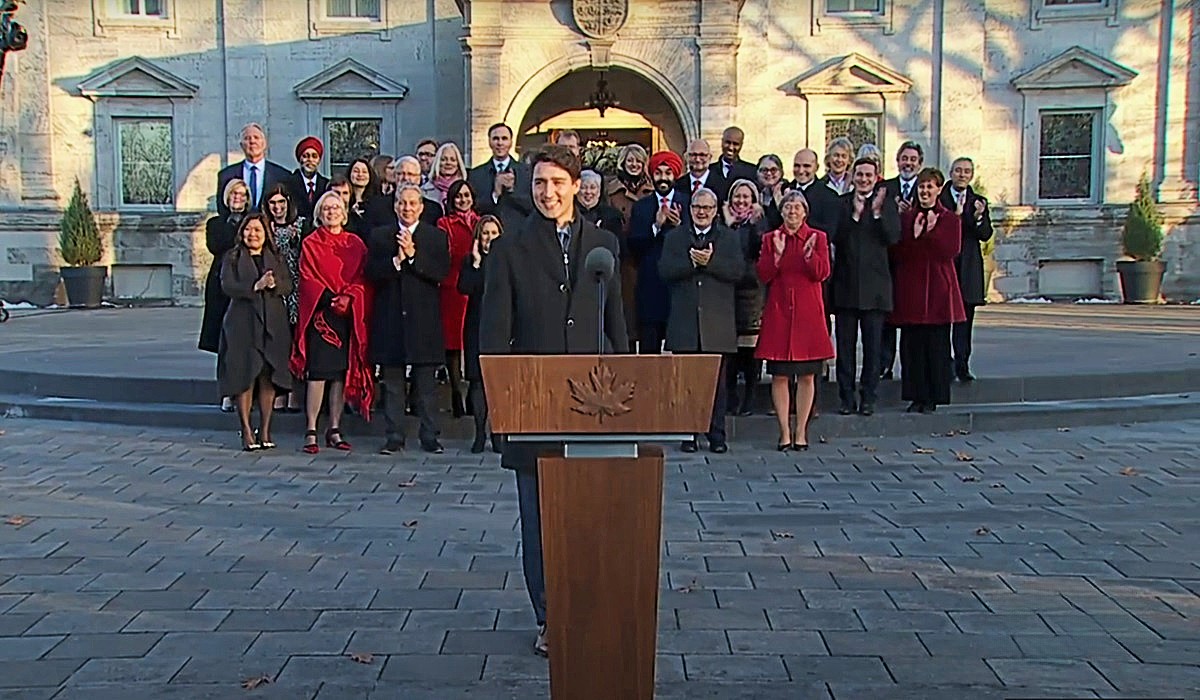Canada’s $2 Billion Carbon Capture Initiative: Who Really Benefits?
- Kingston Bailey
- Canada
- July 11, 2024

Image Credit, John R Perry
The Canadian government has announced a landmark partnership between the Canada Growth Fund and Strathcona Resources, aiming to invest up to $2 billion in carbon capture and sequestration infrastructure in Saskatchewan and Alberta. This project, which is heralded as a major step towards reducing emissions and creating jobs, raises critical questions about who truly benefits from such substantial investments and the underlying dynamics at play.
The Fund’s initial $500 million investment, with potential upsizing to $1 billion, will enable Strathcona Resources to undertake detailed engineering work on its carbon capture and sequestration project. The initiative promises to capture and permanently store up to two million tonnes of CO2 annually, positioning Canada as a leader in low-carbon resource exports. Deputy Prime Minister Chrystia Freeland asserts that this partnership is a testament to the government’s economic plan to grow the economy, create jobs, and meet net-zero emissions targets by 2050.
However, behind such large-scale investments, one can imagine the extensive lobbying efforts that likely took place. Strathcona Resources, as Canada’s fifth-largest oil producer, stands to gain substantially from the federal government’s Carbon Capture, Utilization, and Storage (CCUS) investment tax credit. This begs the question: is the real winner the environment, the Canadian public, or the oil industry giants?
The corporation is poised to be a primary beneficiary, leveraging federal support to advance its operations while contributing to national emissions reductions. The project’s success hinges on the utilization of the investment tax credit, ensuring that financial incentives align with environmental objectives. Yet, this raises critical questions about the broader impact: does Canada truly need this level of investment in carbon capture technology, or are there alternative pathways to achieving climate goals?
While the federal government emphasizes job creation and economic growth, the tangible benefits for local communities and the environment remain to be seen. The project aims to decarbonize industry and protect jobs, but it also reinforces the entrenched position of oil producers in Canada’s energy landscape. This delicate balance between economic and environmental priorities underscores the complexity of such large-scale investments.
The $15 billion government mandate aims to accelerate clean technology development, support companies, and strengthen supply chains, with the $2 billion partnership with Strathcona Resources being a key example. While this initiative reduces emissions and aids in reaching climate targets, it also positions Canada as a leader in clean tech and strengthens its resource sector competitiveness. However, ongoing scrutiny is necessary to ensure transparency regarding corporate influence and the long-term viability of these projects. This significant investment holds promise for emissions reduction and job creation, but the interplay of corporate interests, strategic goals, and national policy necessitates vigilant oversight to determine the true beneficiaries and overall impact on Canada’s economy and environment.








